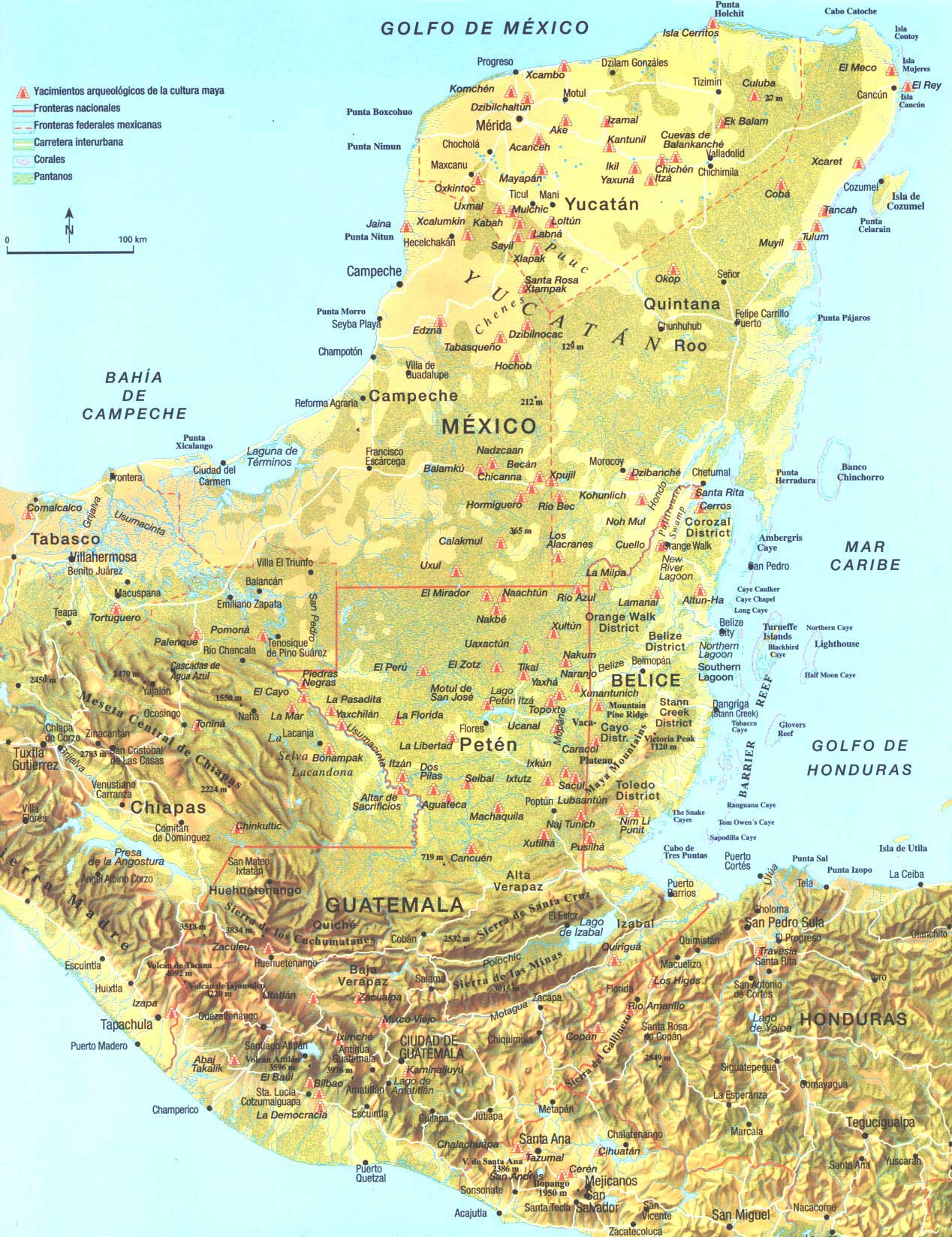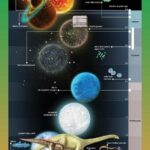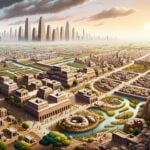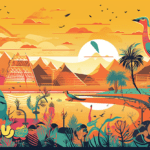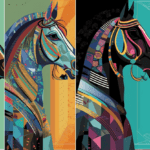Uncover the secrets of the ancient Maya civilization with our interactive map and guide. Journey through lush rainforests and bustling cities that were once home to this remarkable civilization. Our map connects the dots between different cities, illustrating their societal evolution and highlighting the incredible feats they achieved. Join us on a journey through time to explore the rise and fall of the Maya civilization, unraveling the mysteries that continue to fascinate us today.
Unlocking the Secrets of a Lost World with a Maya Civilization Map
Let’s embark on a journey back in time, utilizing a Maya civilization map as our guide. These maps offer more than just geographical locations; they serve as keys to understanding the incredible civilization that thrived in Mesoamerica centuries ago. Imagine piecing together a giant puzzle, where each city, temple, and trade route provides clues to the bigger picture of the Maya world.
Tracing the Maya Footsteps
A Maya civilization map reveals the vast expanse of their world, stretching far beyond the Yucatán Peninsula. Their civilization encompassed parts of present-day Mexico, Belize, Guatemala, Honduras, and El Salvador. From volcanic peaks to steamy rainforests and coastal plains, the Maya adapted to diverse environments, shaping their culture and leaving their mark on history.
A Network of Independent City-States
Unlike the Roman Empire, the Maya civilization wasn’t a unified entity. Instead, it was a complex web of independent city-states, each ruled by a divine king. A Maya civilization map illustrates how these cities were connected and how they sometimes clashed, offering a glimpse into a world of alliances, rivalries, and power struggles.
Trade Routes: Lifelines of Civilization
Trade was the lifeblood of the Maya civilization. A closer look at a Maya civilization map reveals intricate networks connecting these cities, facilitating the exchange of essential goods like obsidian for tools, jade for ornaments, feathers, and even cacao beans. This exchange transcended material wealth, fostering the sharing of ideas and culture that enriched their world.
Architectural Wonders and Artistic Brilliance
The Maya were exceptional architects and artists. A Maya civilization map unveils the locations of awe-inspiring pyramids, intricate temples, and grand palaces. These structures were not merely aesthetically pleasing; they were feats of engineering, showcasing the Maya’s mastery of mathematics, astronomy, and design. Their intricate carvings, vibrant murals, and exquisite pottery provide glimpses into their beliefs and daily lives.
The Enigmatic Maya Collapse
Around 900 CE, the Classic Maya civilization began to decline, a mystery that continues to intrigue historians. While a Maya civilization map may not provide all the answers, it offers valuable clues. Shifting settlement patterns and environmental changes, possibly linked to climate change, suggest contributing factors to this historical enigma.
A Legacy Woven into the Present
The Maya civilization’s legacy extends far beyond ancient ruins. Maya civilization maps connect us to the present, to the descendants of the Maya who keep their culture and traditions alive. These maps serve as a testament to the resilience of the human spirit and the enduring power of culture to transcend time.
Where is the Mayan Civilization Located?
To understand the ancient Maya civilization, we must first pinpoint its location. Their world, known as Mesoamerica, encompassed a vast area that includes parts of several modern-day countries.
A map reveals the Maya world stretching across southern Mexico, particularly in states like Chiapas, Yucatán, Campeche, Tabasco, and Quintana Roo. Their influence extended to Guatemala, Belize, parts of western Honduras, and even a sliver of northern El Salvador.
The Maya were remarkably adaptable, constructing cities in diverse environments, from the steamy rainforests of the Yucatán Peninsula to the cooler Guatemalan highlands marked by volcanic activity. This adaptability contributed to their civilization’s longevity and the development of unique traditions across different regions.
Is Maya and Mayan Civilization the Same?
While often used interchangeably, “Maya” and “Mayan civilization” have distinct meanings. The Maya are a people, while Mayan civilization refers to the achievements and legacy of their ancestors.
The Maya people are very much alive today, carrying on the traditions and language of their ancestors. They inhabit the same general area where their civilization flourished centuries ago: parts of Mexico, Belize, Guatemala, and Honduras, representing thousands of years of continuous history.
Mayan civilization, on the other hand, refers to the remarkable achievements of their ancestors, particularly during the Classic Period (roughly 250 to 900 CE). This period witnessed the construction of awe-inspiring cities, the development of a sophisticated writing system, and advancements in astronomy that continue to amaze us today.
While major Mayan cities declined around 900 CE, their civilization didn’t simply vanish. The Maya people adapted and persevered, even with the arrival of Spanish conquistadors centuries later. Their story is a testament to resilience and the enduring strength of cultural identity.
In essence:
- Maya refers to the people, both past and present.
- Mayan civilization encompasses the achievements, legacy, and historical period associated with their ancestors.
The Maya legacy remains vibrant today, reminding us of a rich history and the enduring power of culture.
Does the Mayan Civilization Still Exist?
The notion that the Maya civilization vanished into obscurity is a misconception. While ancient cities stand as ruins, the Maya people and their culture have not disappeared. In fact, millions of Maya descendants thrive today, proving that their story is one of resilience, adaptation, and cultural endurance.
These modern Maya are living embodiments of their ancestors’ traditions. They speak Mayan languages, preserving the linguistic heritage passed down through generations. Their skilled hands create vibrant textiles using age-old techniques, and they farm the land using ancestral knowledge, demonstrating a deep connection to nature.
The Maya’s legacy extends beyond tangible traditions. Their incredible astronomical and mathematical knowledge, evident in their remarkably accurate calendar system, continues to inspire awe. This knowledge, woven into the fabric of their modern lives, connects them to the wisdom of their forefathers.
The question of whether the Maya still exist misses the point. Their story is not about disappearance but about the enduring spirit of a people. While empires rise and fall, the Maya demonstrate that cultural identity can transcend time, adding their unique threads to the rich tapestry of human history.
